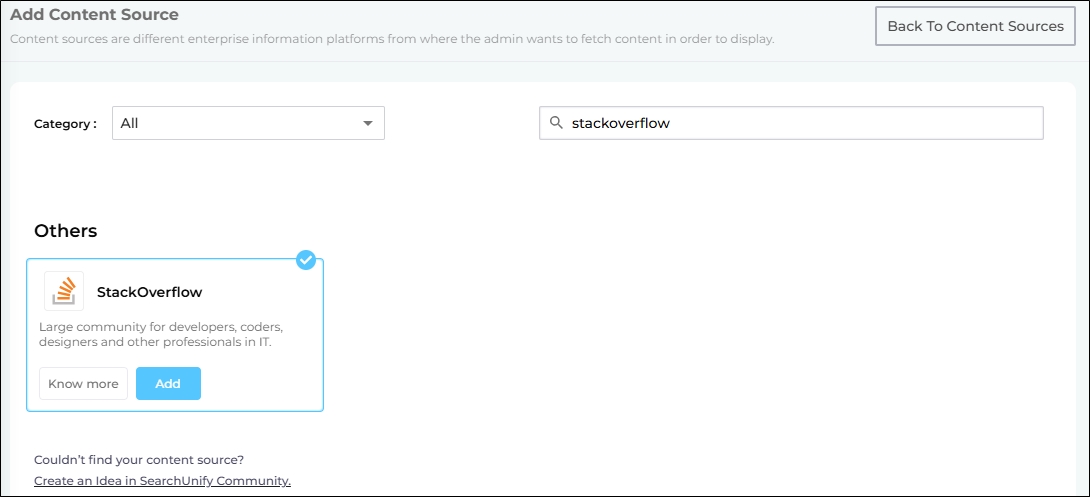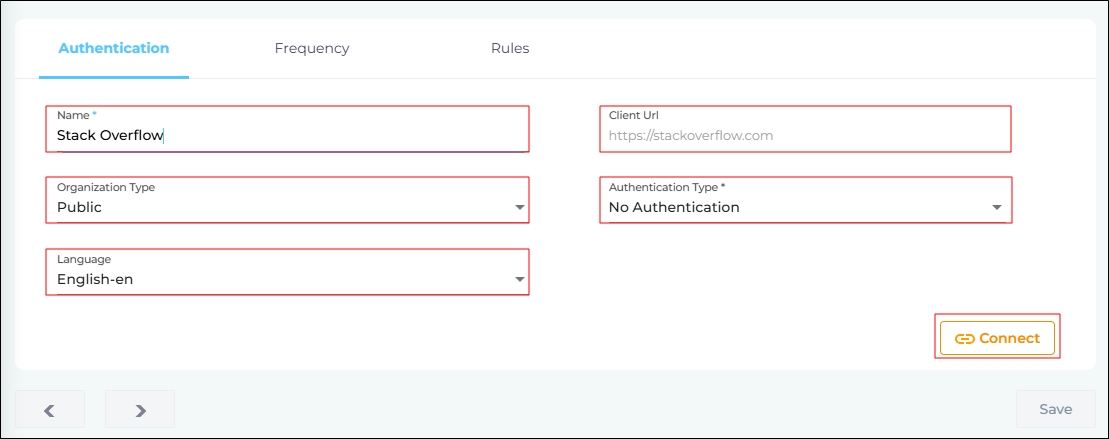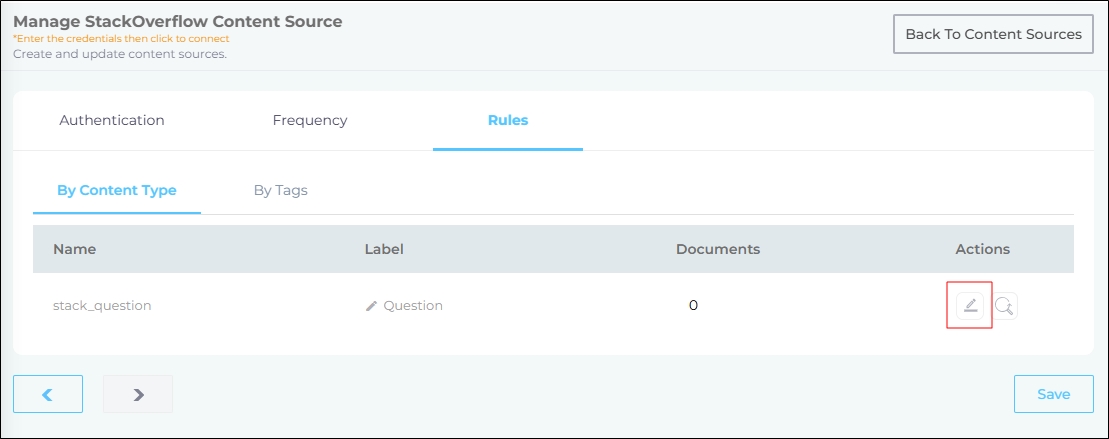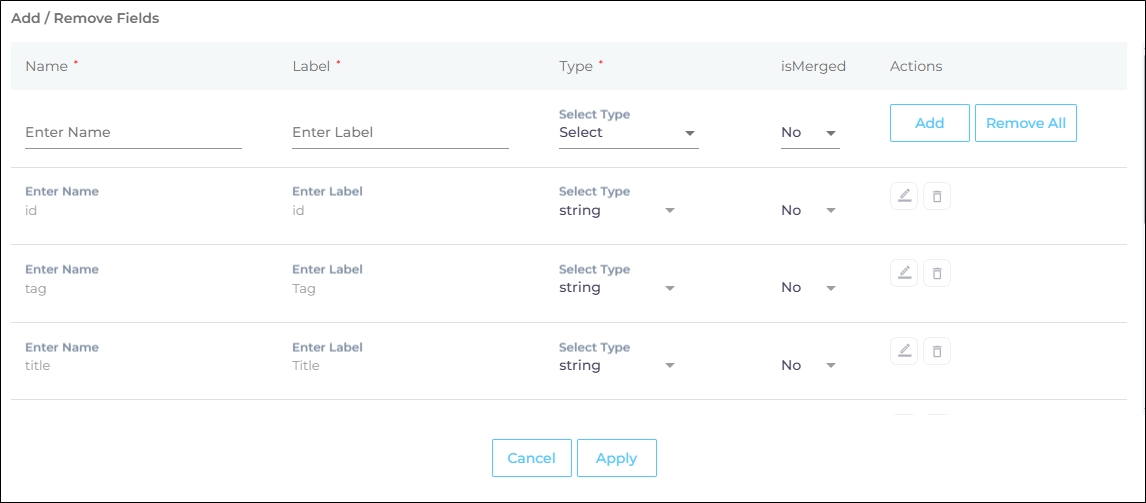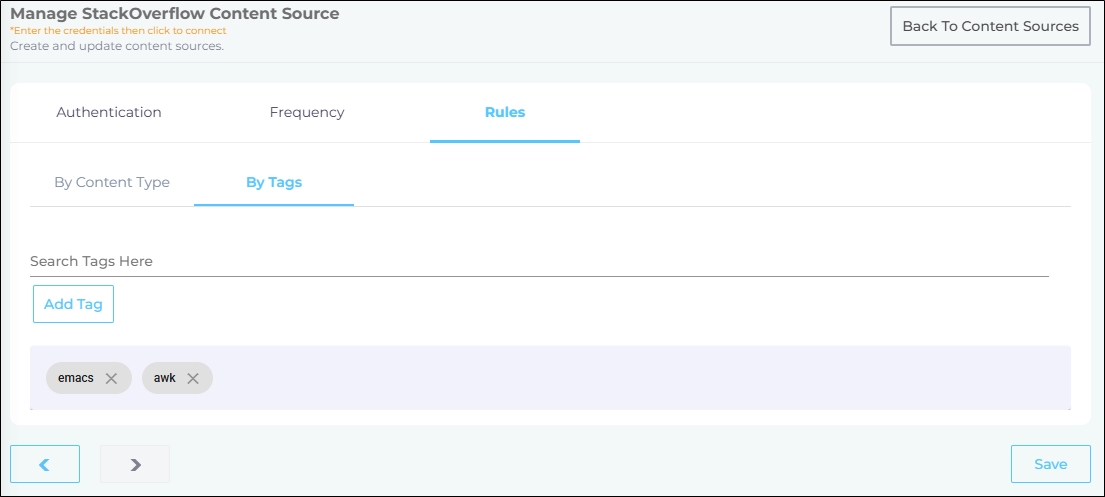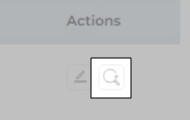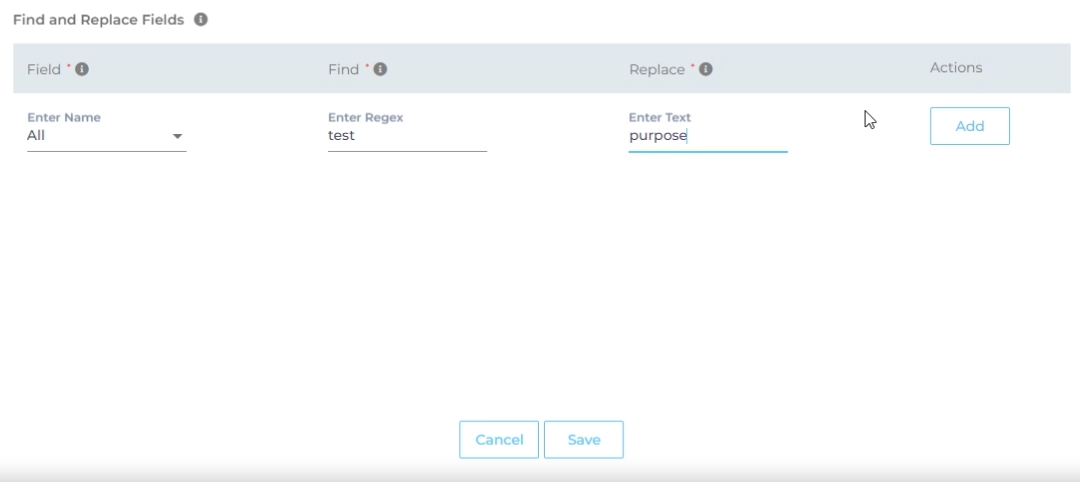Use Stack Overflow As a Content Source
Stack Overflow is a popular forum for programmers. SearchUnify can crawl the public content on Stack Overflow. This article walks you through the installation process.
PERMISSIONS
SearchUnify ignores user permissions during searches. All indexed files can be searched by all users.
Establish a Connection
- Find StackOverflow from the search box and click Add.
- Under the Authentication tab, fill in the following details:
- Name. Give your Stack Overflow content source a name.
- Organization Type. Select whether your organization type is ‘Public’ or ‘Enterprise’ from the drop-down.
NOTE.
If you have an Enterprise-level Stack Overflow account (not public), then you need to create an app in Stack Overflow and enter the generated API key in Stack Overflow content source to configure your account.
- Language - Select the language that your community interacts with. It's usually English.
- Authentication Type - Select your authentication method from the dropdown. ‘No Authentication’ is used when the admin doesn't have a Stack Overflow account and OAuth for those who have an account. Functionally, both are identical, which means that the indexing doesn't depend on whether the admin has an account or not.
- Click on Connect.
Re-Connect
An admin can edit a Content Source for multiple reasons, including:
-
To reauthenticate
-
To fix a crawl error
-
To change frequency
-
To add or remove an object or a field for crawling
When a Content Source is edited, either a Connect or a Re-Connect button is displayed.
-
Case 1: When the Connect button is displayed:
-
When the Connect button is displayed if the Content Source authentication is successful. Along with the button, a message is displayed There are no crawl errors and the Content Source authentication is valid.
-
Fig. The Connect button is displayed on the Authentication tab.
-
Case 2: When the Re-connect button is displayed:
-
The Re-connect button is displayed when the authentication details change or the authentication fails for any reason.
-
In both cases, the Content Source connection must be authenticated again. To reauthenticate a Content Source, enter the authentication details, and click Re-Connect.
-
Fig. The Re-Connect button is displayed on the Authentication tab.
Set Up Crawl Frequency
The first crawl is always performed manually after configuring the content source. In the Choose a Date field, select a date to start the crawl; only data created after the selected date will be crawled*. For now, leave the frequency set to its default value, Never, and click Set.
Fig. The Frequency tab when "Frequency" is set to "Never".
Select Content Types and Tags for Indexing
You can add or remove available content fields in By Content Type. Each question in Stack Overflow has tags. You can specify what questions to crawl by specifying the tags in By Tags.
NOTE.
Based on credentials used to configure Stack Overflow, the API rate limit changes.
-
Click
 to view the properties of a content type.
to view the properties of a content type.
-
A dialog box will open. You can click
 to remove a content field. The removed content fields are not indexed.
to remove a content field. The removed content fields are not indexed. -
Name: Use the column to find content types.
-
Label: Use this column to rename content types on the front end. The renamed content types display on the search client.
-
Type: Use this column to change the default data type.
-
isMerged: is to mark those fields that have been merged using Merge Facets.
Once the configurations are complete, click Save.
NOTE. It is recommended not to edit the fields and stick with the default values.
-
- Navigate to By Tags and define the scope of indexing by inserting tags. If an admin inserts, "Python", then only the questions tagged "Python" will be indexed. In the Search Tags Here section, type the name of the tag corresponding to which you wish to crawl the data in Stack Overflow. Click on Add Tag, and when you are done adding the required tags, click on Save.
Find and Replace
Users on the Q2 '24 release or a later version will notice a new button next to each object on the Rules screen. It resembles a magnifying glass and is labeled "Find and Replace." You can use this feature to find and replace values in a single field or across all fields. The changes will occur in the search index and not in your content source.
Fig. The "Find and Replace" button on the Rules tab in the Actions column.
Find and Replace proves valuable in various scenarios. A common use case is when a product name is altered. Suppose your product name has changed from "SearchUnify" to "SUnify," and you wish for the search result titles to immediately reflect this change.
-
To make the change, click
 .
. -
Now, choose either "All" or a specific content source field from the "Enter Name" dropdown. When "All" is selected, any value in the "Find" column is replaced with the corresponding value in the "Replace" column across all content source fields. If a particular field is chosen, the old value is replaced with the new value solely within the selected field.
-
Enter the value to be replaced in the Find column and the new value in the Replace column. Both columns accept regular expressions.
Fig. Snapshot of Find and Replace.
-
Click Add. You will see a warning if you are replacing a value in all fields.
-
Click Save to apply settings
-
Run a crawl for the updated values to reflect in the search results.
After the First Crawl
Return to the Content Sources screen and click ![]() in Actions. The number of indexed documents is updated after the crawl is complete. You can view crawl progress by clicking
in Actions. The number of indexed documents is updated after the crawl is complete. You can view crawl progress by clicking ![]() (View Crawl Logs) in Actions.
(View Crawl Logs) in Actions.
Once the first crawl is complete, click ![]() in Actions to open the content source for editing, and set a crawl frequency.
in Actions to open the content source for editing, and set a crawl frequency.
-
In Choose a Date, click
 to fire up a calendar and select a date. Only the data created or updated after the selected date is indexed.
to fire up a calendar and select a date. Only the data created or updated after the selected date is indexed. -
The following options are available for the Frequency field:
-
When Never is selected, the content source is not crawled until an admin opts for a manual crawl on the Content Sources screen.
-
When Minutes is selected, a new dropdown appears where the admin can choose between three values: 15, 20, and 30. Picking 20 means that the content source crawling starts every 20 minutes.
-
When Hours is selected, a new dropdown is displayed where the admin can choose between eight values between 1, 2, 3, 4, 6, 8, 12, and 24. Selecting 8 initiates content crawling every 8 hours.
-
When Daily is selected, a new dropdown is displayed where the admin can pick a value between 0 and 23. If 15 is selected, the content source crawling starts at 3:00 p.m. (1500 hours) each day.
-
When Day of Week is selected, a new dropdown is displayed where the admin can pick a day of the week. If Tuesday is chosen, then content source crawling starts at 0000 hours on every Tuesday.
-
When Day of Month is selected, a new dropdown appears where the admin can select a value between 1 and 30. If 20 is chosen, then content source crawling starts on the 20th of each month.
It is recommended to pick a date between the 1st and 28th of the month. If 30 is chosen, then the crawler may throw an error in February. The error will be “Chosen date will not work for this month.”
-
When Yearly is selected, the content source crawling starts at midnight on 1 January each year.
Fig. The content source crawling starts at 00:00 on each Tuesday.
-
- Click Set to save the crawl frequency settings.
-
Click Save.
Data Deletion and SU Index
With each scheduled crawl (frequency crawl), any removed or updated data will be reflected in the SearchUnify index.



